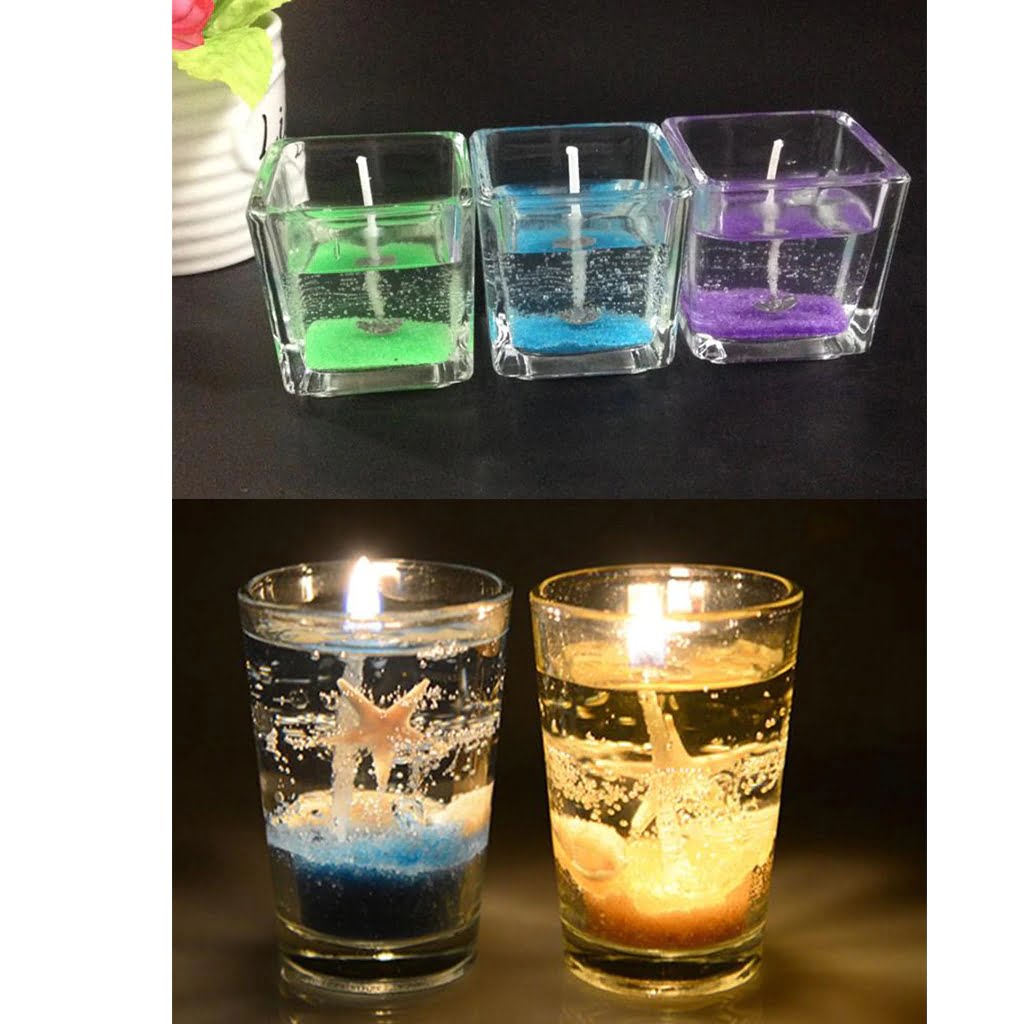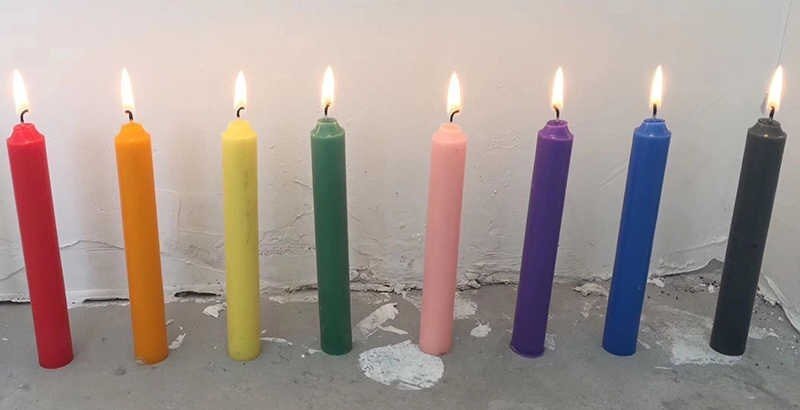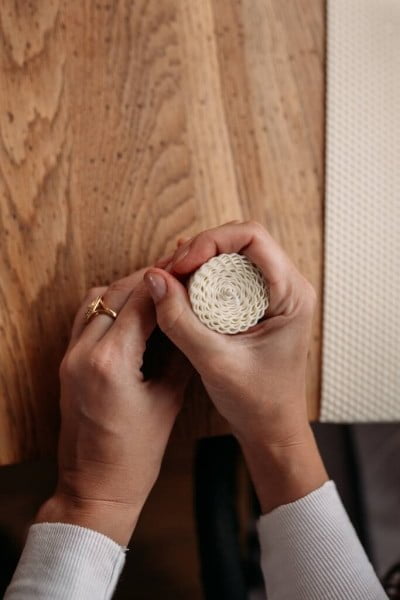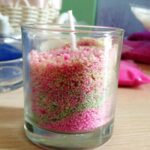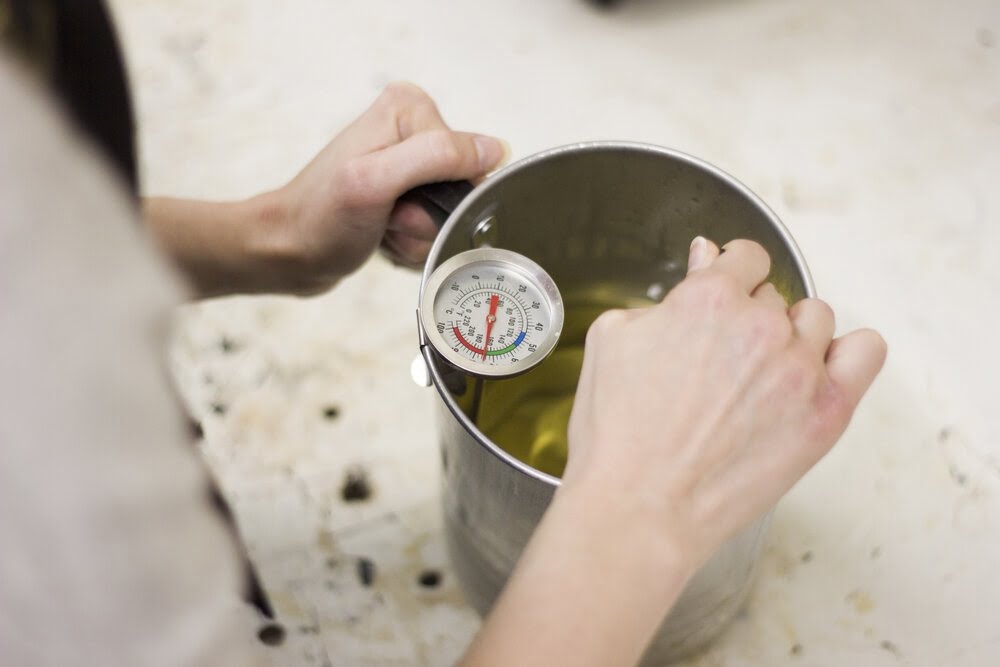What is pour temperature in candle making? When it comes to creating the perfect candle, every detail matters, including the pour temperature. In this article, we will explore the significance of pour temperature in candle making and how it can affect the quality of your final product.
Candle making is an ancient craft that has evolved over time. From traditional methods to modern techniques, the art of candle making has become a popular hobby and business for many enthusiasts. Understanding the basics of candle making, such as pour temperature, is essential for producing high-quality candles.
Pour temperature refers to the specific temperature at which melted wax is poured into a candle mold or container. This factor plays a crucial role in determining the quality, appearance, and performance of the finished candles. By controlling the pour temperature, candle makers can achieve consistent results and produce candles that burn evenly and efficiently.
In the following sections, we will delve deeper into the importance of pour temperature in candle making, discuss factors that can affect it, and provide tips for achieving the perfect pour temperature for different types of candles. Whether you are a seasoned candle maker or just starting out, mastering pour temperature is key to creating beautiful and functional candles.
Understanding Pour Temperature
In candle making, pour temperature refers to the temperature at which you pour the melted wax into the candle mold. This critical factor can greatly influence the quality and appearance of your finished candles. The pour temperature is determined by the type of wax being used and the presence of any additives or fragrances.
The ideal pour temperature for candle making varies depending on the specific type of wax and additives used. For most types of waxes, including soy, paraffin, and beeswax, the pour temperature typically ranges from 125°F to 160°F. It is crucial to follow the recommended pour temperature for your chosen wax to achieve the best results.
One key aspect of understanding pour temperature is recognizing that it can affect how well your candles burn. If the pour temperature is too high, it may cause excessive shrinkage and air pockets in the candle. On the other hand, pouring at too low a temperature can result in poor adhesion between layers and a rough, uneven surface. Achieving the right pour temperature is essential for producing beautiful, high-quality candles.
| Type of Wax | Ideal Pour Temperature (°F) |
|---|---|
| Soy Wax | 135-145°F |
| Paraffin Wax | 150-160°F |
| Beeswax | 125-135°F |
Importance of Pour Temperature in Candle Making
Understanding the pour temperature is crucial for achieving the perfect candles. The pour temperature refers to the specific temperature at which the melted wax is poured into the candle mold. This temperature plays a significant role in determining the quality, appearance, and performance of the finished candles.
The pour temperature directly affects how well the fragrance oils and dyes are retained in the wax, as well as how smooth and even the candle’s surface will be. If the wax is poured at too high of a temperature, it can result in poor adhesion between layers and cause sinkholes or air pockets within the candle.
On the other hand, pouring at too low of a temperature can lead to an uneven finish and adhesion issues as well. Therefore, understanding and regulating the pour temperature is essential for producing high-quality candles.
Furthermore, different types of waxes have varying ideal pour temperatures. For example, soy wax typically has a lower pour temperature compared to paraffin wax. It is also important to consider external factors such as humidity and ambient room temperature when determining the optimal pour temperature for candle making.
| Importance of Pour Temperature | Candle Characteristics |
|---|---|
| Retains fragrance oils and dyes | Enhances scent throw and color vibrancy |
| Affects adhesion between layers | Prevents sinkholes or air pockets within candles |
| Determines smoothness of candle surface | Produces an even finish |
Factors Affecting Pour Temperature
Type of Wax
The type of wax being used is a major factor in determining the pour temperature for candle making. Different types of wax have different melting points and therefore require different pour temperatures. For example, soy wax has a lower melting point than paraffin wax, so the pour temperature for soy candles will be lower than that for paraffin candles.
Additives
Additives such as fragrance oils, colorants, and other enhancements can also affect the pour temperature of candles. Some additives may lower the melting point of the wax, allowing for a lower pour temperature, while others may raise it, requiring a higher pour temperature. It is important to consider the impact of any additives on the overall pour temperature when formulating candle recipes.
Ambient Temperature
The ambient temperature of the environment in which you are making candles can also play a role in determining the appropriate pour temperature. In colder temperatures, the wax may cool and solidify more quickly once poured, requiring a higher pour temperature to ensure proper adhesion to the container and smooth finish. On the other hand, in warmer temperatures, the wax may remain more fluid for longer, allowing for a lower pour temperature.
Understanding these factors is crucial to mastering pour temperature in candle making and achieving perfect results with every batch of candles produced.
Choosing the Right Pour Temperature for Different Types of Candles
When it comes to candle making, the pour temperature plays a crucial role in determining the quality and characteristics of the final product. The pour temperature refers to the specific temperature at which the molten wax is poured into the candle mold. Different types of candles require different pour temperatures in order to achieve the desired results. Understanding how to choose the right pour temperature for different types of candles is essential for any candle maker.
Here are some guidelines for choosing the right pour temperature based on the type of candle you are making:
- Container Candles: For container candles, such as jar candles or tin candles, it is important to choose a lower pour temperature. This allows the wax to adhere properly to the sides of the container without causing any cracking or air pockets.
- Pillar Candles: Pillar candles, which are freestanding and do not require a container, typically require a higher pour temperature. This helps ensure that the wax creates a smooth and even surface as it cools and solidifies.
- Tealights and Votives: When making tealights or votive candles, a moderate pour temperature is recommended. This allows the wax to form a strong bond with the wick while also ensuring a clean and even burn.
By understanding these guidelines, you can tailor your pour temperature to match the specific requirements of each type of candle, resulting in high-quality finished products.
In addition to considering the type of candle being made, other factors such as fragrance oils or dyes used in the wax can also influence the appropriate pour temperature. It is important to take these factors into account when choosing the right pour temperature for different types of candles, as they can impact both appearance and performance. Mastering this aspect of candle making will help you achieve consistent and professional results with every batch.
Tips for Achieving the Perfect Pour Temperature
When it comes to candle making, achieving the perfect pour temperature is crucial in creating high-quality candles. The pour temperature refers to the temperature at which the melted wax is poured into the candle container. Here are some tips to achieve the perfect pour temperature for your candles:
- Use a reliable thermometer: Invest in a good quality thermometer specifically designed for candle making. This will ensure that you can accurately monitor and control the temperature of the melted wax.
- Follow the manufacturer’s instructions: Different types of waxes have different ideal pour temperatures. Always refer to the manufacturer’s guidelines for the recommended pour temperature for the specific type of wax you are using.
- Avoid sudden temperature changes: Rapidly cooling or heating the wax can result in imperfections such as sinkholes or air pockets in your candles. To prevent this, make sure to cool the candles slowly and steadily after pouring.
Maintaining the perfect pour temperature is essential because it directly affects the quality and appearance of your finished candles. If the pour temperature is too high, it can cause shrinkage and cracking, while too low a pour temperature may result in poor adhesion between layers of wax.
By following these tips and being mindful of factors such as ambient room temperature, humidity, and type of fragrance oils used, you can achieve consistent and beautiful results in your candle making process.
Incorporating these tips into your candle making process will help you achieve consistent and high-quality results every time. Remember that mastering pour temperature takes practice, so don’t be discouraged if it takes a few tries to get it just right. With patience and attention to detail, you can create stunning candles with the perfect pour temperature every time.
Common Mistakes in Regulating Pour Temperature
When it comes to making candles, pour temperature plays a crucial role in determining the quality of the final product. However, many beginner candle makers often make mistakes when it comes to regulating pour temperature. In this section, we will discuss some common mistakes that can occur when trying to achieve the perfect pour temperature for your candles.
Not Using a Thermometer
One of the most common mistakes that beginners make is not using a thermometer to monitor the pour temperature. Without an accurate reading of the temperature, it is difficult to achieve consistent results with your candles. Whether you are using paraffin wax, soy wax, or beeswax, it is essential to invest in a reliable thermometer specifically designed for candle making.
Heating Wax Too Quickly
Another mistake that can affect pour temperature is heating the wax too quickly. Rapid heating can lead to hot spots in the wax, which can result in uneven melting and affect the overall consistency of the candle. It is important to heat the wax slowly and evenly to ensure a smooth and uniform texture.
Ignoring Room Temperature
Ignoring room temperature is also a common mistake that can impact pour temperature in candle making. The ideal pouring environment should have a consistent room temperature, free from drafts or extreme fluctuations. Ignoring these factors can result in variations in pour temperature, leading to issues such as frosting or poor adhesion of the wax to the container.
Conclusion
In conclusion, understanding the concept of pour temperature in candle making is crucial for achieving perfect candles. Pour temperature refers to the optimal temperature at which you should pour your melted wax into the container to create the best quality candles. It plays a significant role in determining the appearance, fragrance throw, and burn quality of the finished product.
The importance of pour temperature cannot be overstated. By pouring your wax at the correct temperature, you can achieve smooth and even surfaces, reduce frosting and sinkholes, and ensure that your fragrances are properly infused into the wax. Additionally, regulating the pour temperature is essential for different types of candles such as container candles, pillar candles, and votive candles. Each type requires its own specific pour temperature for optimal results.
Factors affecting pour temperature include the type of wax being used, the size and type of candle container, and any additives or fragrances being incorporated into the wax. It is important to consider these factors when determining the ideal pour temperature for your specific candle-making project. By mastering the art of controlling pour temperature and avoiding common mistakes in regulating it, you can consistently create perfect candles with excellent burn performance and aesthetic appeal.
Frequently Asked Questions
What Does Pouring Temperature Mean?
Pouring temperature refers to the specific temperature at which melted wax is poured into a mold or container during candle making. This temperature can vary depending on the type of wax being used and the desired outcome of the candle. It is important to pour wax at the correct temperature to ensure a smooth and even finish.
What Happens if You Pour Wax Too Hot?
If wax is poured too hot, it can cause a number of issues in candle making. This includes potential damage to the container or mold being used, as well as a rough or uneven finish on the surface of the candle itself.
Additionally, pouring wax at too high of a temperature can affect the fragrance throw and may also result in cracking or frosting on the finished candle.
What Temperature Should Wax Be Melted in Candle Making?
The ideal temperature for melting wax in candle making depends on the type of wax being used. In general, soy wax should be melted between 160-180°F (71-82°C), while paraffin wax should be melted between 170-190°F (77-88°C).
Beeswax, on the other hand, has a higher melting point and should be heated to around 145-147°F (63-64°C). It’s important to use a thermometer to monitor and adjust the temperature accordingly during the melting process.

Welcome to my candle making blog! In this blog, I will be sharing my tips and tricks for making candles. I will also be sharing some of my favorite recipes.

